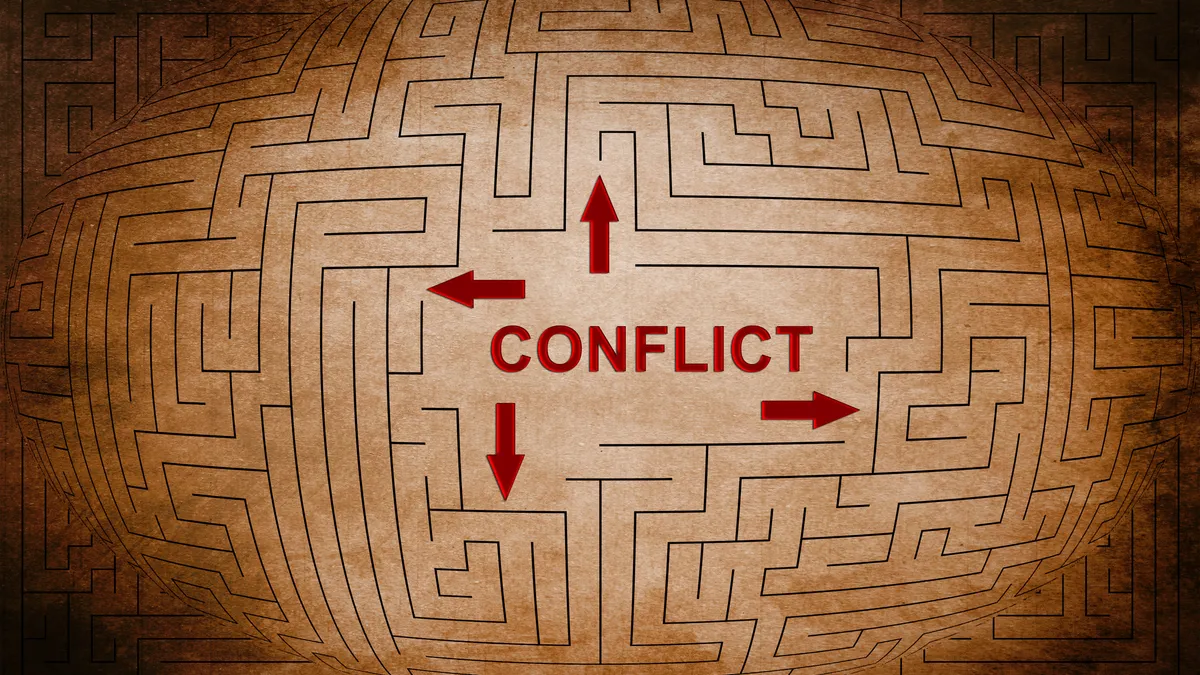Your dispute resolution process can be a source of data that can make you a better risk manager, says Kelly Hughes, head of legal innovation for arbitration and mediation platform Immediation.
If you’re general counsel of a retail company that’s having to resolve a lot of slip-and-fall complaints, for example, you can address underlying causes if you process the complaints using a digital platform.
“If you decided to offshoulder that [dispute resolution process], at the end of a year we may be able to tell you, ‘You seem to have a disproportionate number of slip and fall claims in your dairy aisle between November and February,’” said Joseph Panetta, Immediation’s global chief marketing officer. “‘You might consider putting up extra signage, because we’re looking at the data and seeing trends.’ For them, it’s another slip and fall; for us, it’s another data point that shows the bigger picture. Now suddenly there’s a change in the corporate execution that protects them against that claim.”
Immediation is one of several companies in the online dispute resolution space. It views itself as a service that can be tailored to whatever a client needs by combining a digital platform with a pool of dispute resolution specialists. One of its biggest clients, Sport New Zealand, a government regulator, has been using the company’s platform to handle the large volume of disputes it gets.
“We're talking about disputes that run from the mundane to the nuanced,” said Panetta.
For a company facing a lot of customer or employee complaints, handing off the workload to an independent service can free up time for in-house lawyers to focus on other matters and also lower the money that’s spent outsourcing the process to law firms.
“I spoke with a general counsel at an insurance company recently and I mentioned this corporate complaint service we have,” said Panetta. “I said, ‘Do you deal with complaints?’ He said, ‘I swim in them all day every day. I have five law firms in New York that I spend $5 million a year on to handle them.’”
Lowering the heat
The most delicate and time-consuming part of dispute resolution is intake – learning what the problem is and working with the person filing the complaint to figure out the appropriate pathway for resolution. It might be handled informally or it could go through a mediation or arbitration process or it could be a legal matter that ends up in court.
“Listening to people and triaging their complaints is actually the most important and difficult piece for corporate organizations and general counsel to manage,” said Hughes.
The intake process is also where much of the heat is, because that’s when emotions are running high.
“They can really talk to us without any of that information going back to the organization,” said Hughes. “In many disputes, the complaints are just people relationship issues. So, all of that delicate assistance that we provide enables parties to actually work through the issues and then move forward. When lawyers are involved, things tend to spiral.”
In addition to risk management, the data the platform collects can be tracked to arm the general counsel with metrics to support budget arguments for more people or technology or to show how the legal team is adding value to the company and not just generating costs.
“We can say, ‘It took this many lawyers and this many paralegals this amount of time” to manage a series of claims, Panetta said. Having that visibility can then help the GC decide which claims are worth dealing with and which ones aren’t.
“Let’s say insurers have a high volume of cases, from $5,000 to $50,000,” said Hughes. “What is the average time it takes to schedule a case under $50,000? And how many lawyers does it take? That can be useful when the next client comes in the door, because there’s that data point to say, ‘Not only can we give you an estimate of what you might be able to settle this for but how long it will take.’”
In that way, the data serves as a criteria screen.
“Now they can look at a matter that comes to them and say, ‘Do we want to take this?’” said Hughes. “‘The last 250 we’ve done, this is how they turned out or this is what our return on investment was.’”
“When you’re living in the forest you can’t see the trees,” said Panetta. “If you have a system, you can count every tree and say how many are aspens versus oaks. All that information is there. Now you can parse it.”


















